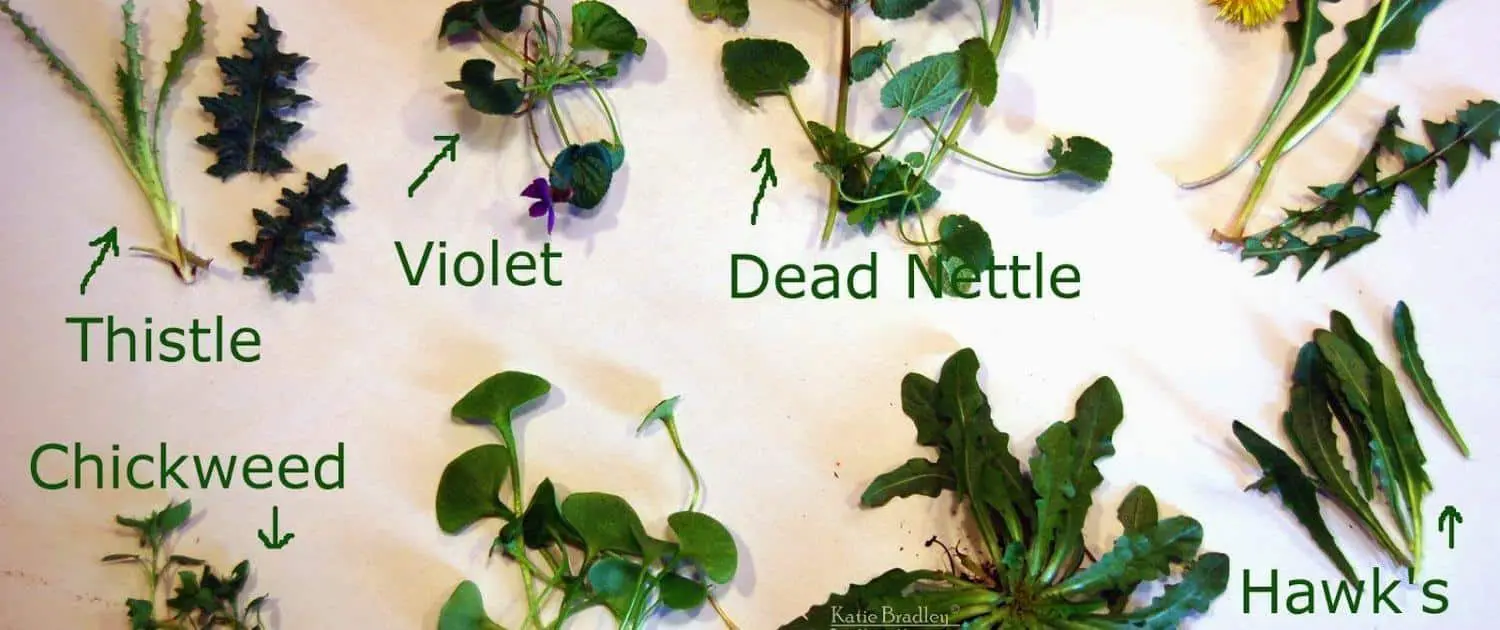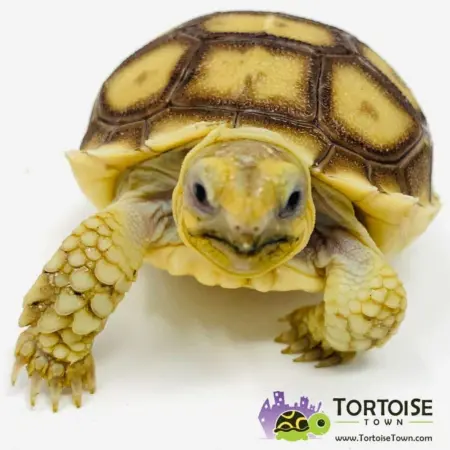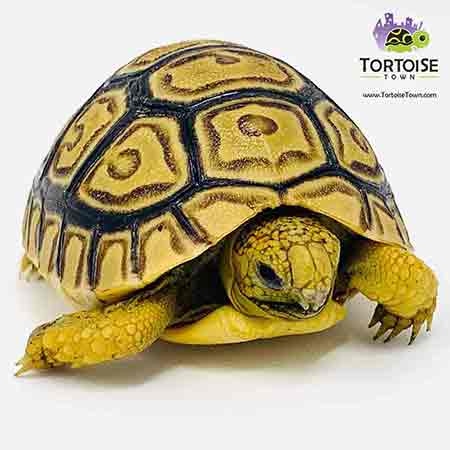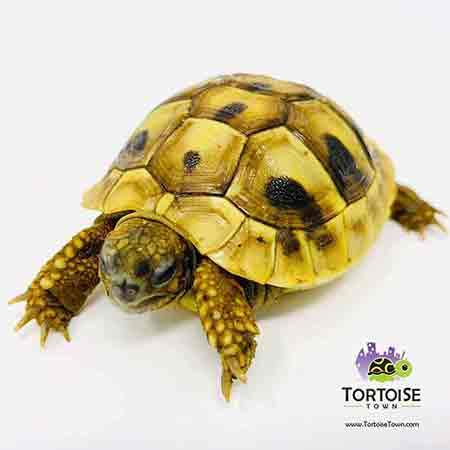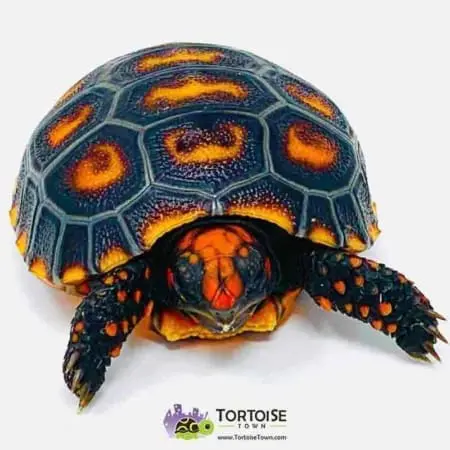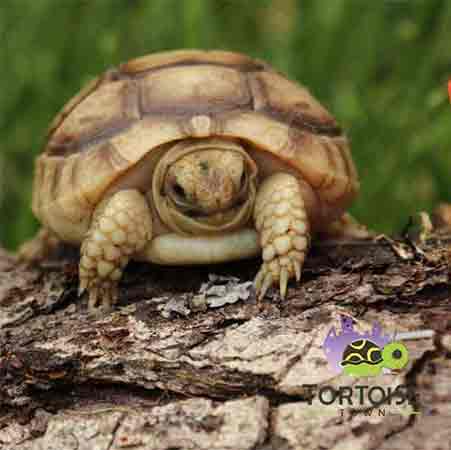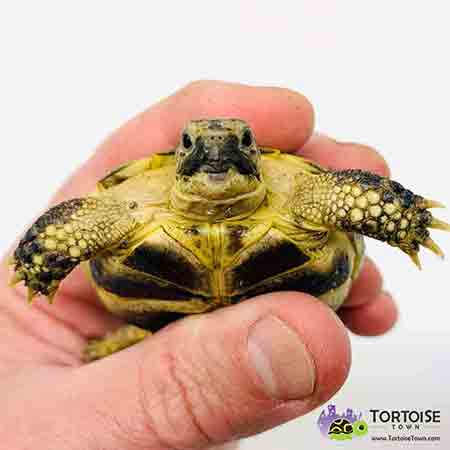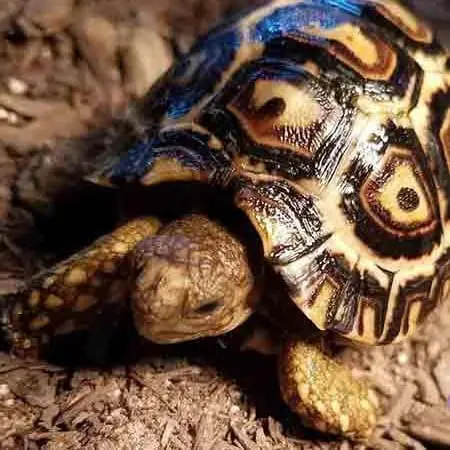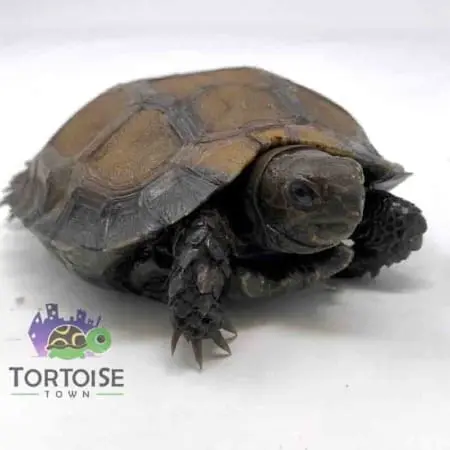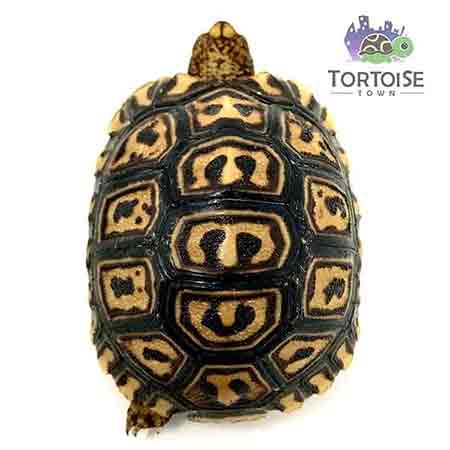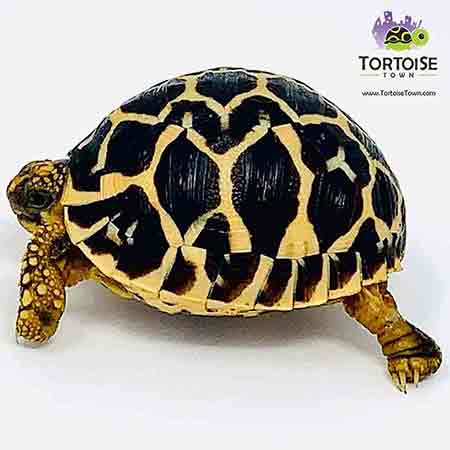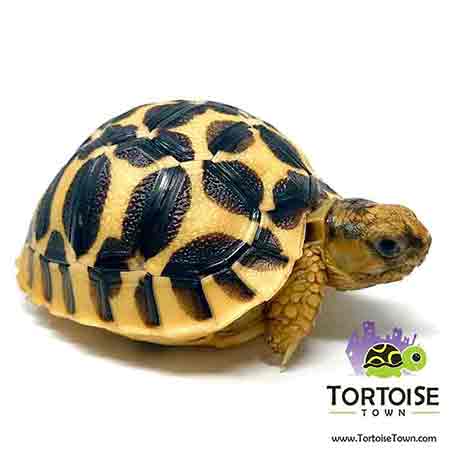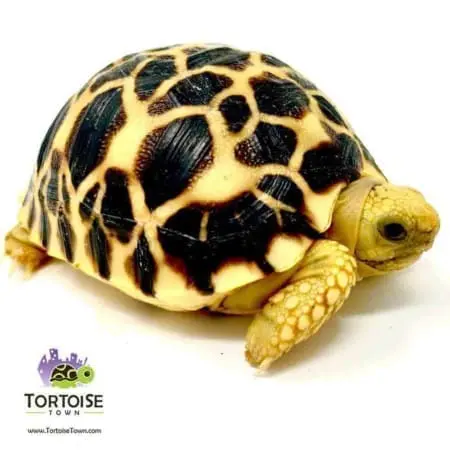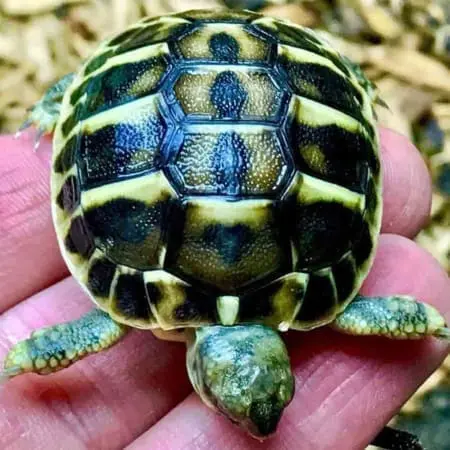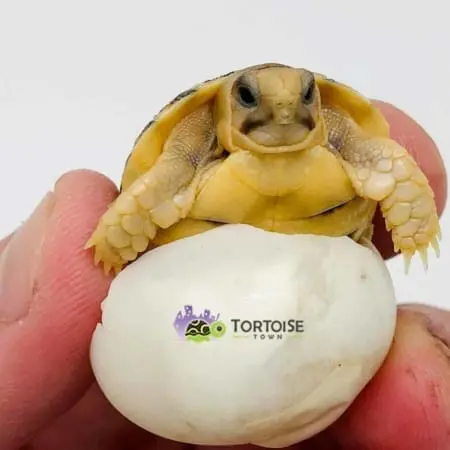Tortoise Edible Plants & Tortoise Edible Weeds that are safe for tortoises to eat including sulcata tortoise safe plants and more.
Various types of tortoises enjoy weeds, plants and other edible greens. You can feed these types of plants to the following species: Sulcata tortoise, leopard tortoise, indian star tortoise, aldabra tortoise, burmese star tortoise, russian tortoise, greek tortoise, hermann’s tortoise, egyptian tortoise, pancake tortoises and most other species of tortoise for sale.
Recommended basic food plants:
- Dandelion (Taraxacum officianale)
- Hawkbits (Leontodon spp.)
- Sowthistles (Sonchus spp.)
- Hawkweeds (Pictis spp.)
- Hawkbeards (Crepis spp.)
- Plantains (Plantago spp.)
- Clovers (Trifolium spp.)
- Honeysuckle (Lonicera periclymenum) [preferred by T. hermanni]
- Cat’s ears (Hypochoeris spp.)
- Vetches (Vicina spp.)
- Trefoils (Lotus spp.)
- Mallows (Malva spp.)
- Bindweeds (Calystegia spp.)
- Sedums (Sedum spp.)
- Ivy-leaved Toadflax (Cymbalaria muralis)
- Also (observed eaten by T. hermanni and T. marginata in Greece):
- Robinia (pseudo-acacia) leaves
- Wild clematis
- Acanthus
- Nettles
In practice, the important thing is to provide a variety of fresh ‘natural’ graze. This is vastly superior to ‘supermarket salads’ and will supply a far greater range of minerals and essential trace elements. The fiber content will also be far high than ‘commercial’ salads. If you can manage to grow some of these plants in your tortoise enclosure your tortoises will certainly appreciate your efforts. Not only Mediterranean tortoises will benefit from a healthier diet. Ashley Woods, a Tortoise Trust member who keeps and breeds leopard tortoises (Geochelone pardalis), includes several wild plants in their daily die:
Please note this list is in addition to a large free range area where animals can graze and browse on various grasses and clovers – grass is a very important factor in the diet of leopard and sulcata tortoises, for example. Don’t forget Mazuri tortoise chow, as a 2-3 day a week staple!
- Dandelion (Taraxacum officinale) leaves, stems and flowers.
- Red clover (Trifolium pratence) leaves, stems & flowers
- White clover (Trifolium repens) leaves, stems and flowers.
- Greater Plantain (Plantago media)
- Ribgrass or Ribwart Plantian (Plantago lancealata)
- Smooth Sow Thistle (Sonchus oleraceus) leaves, stems & flowers
- Prickly Sow Thistle (Sonchus asper) coarsely or finely chopped.
- White-Dead Nettle * (Lamilim album)
- Red-Dead Nettle (Lamium pupureum)
- Chickweed * (Stelaria media)
- Smooth hawks-beard (Crepis capilloris) leaves & flower
- Hedge mustard (Sisymbrium offlcinale) young plants
- Bramble (Rubus fruticosus) shoots, tender leaves & fruit.
Remember when searching for any tortoises for sale, including a new baby tortoise for sale, tortoise town is your source for the best tortoise for sale , baby tortoises for sale , baby turtles for sale, and adult turtles for sale of any turtle store anywhere including a huge aquatic turtles for sale section. If you are interested in tortoise care, please visit our care section.

